In the face of adversity, the human spirit can be a formidable force. But what about the resilience of trees? Can they too overcome challenges and thrive in the face of adversity? The answer is a resounding yes. In fact, there are countless examples of trees that have overcome seemingly insurmountable obstacles to become symbols of strength and resilience. One such tree is the Unbreakable Survivor, a tree that has weathered the loss of its soil and come out stronger on the other side.

The Unbreakable Survivor is a name given to a particular tree that stands on the edge of a cliff overlooking the ocean. It is a solitary tree, with gnarled branches and a thick trunk, standing as a testament to the power of nature and the resilience of life. The tree has survived despite the loss of its soil, which has been slowly eroded away by the elements over time.
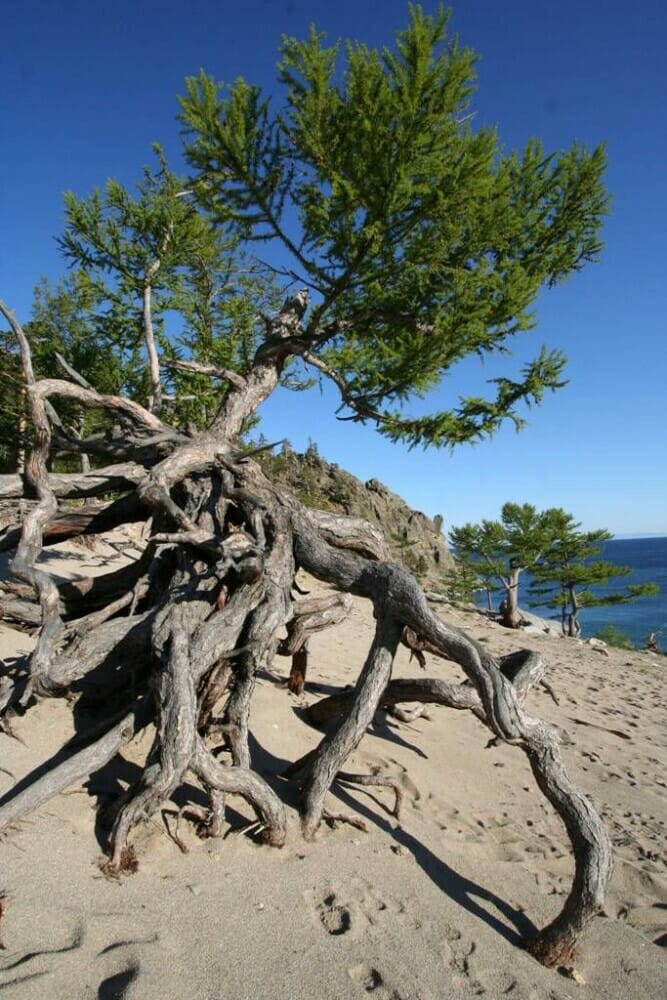
Soil loss is a significant challenge for trees, as it can limit their access to vital nutrients and water. It can also destabilize the soil around the tree, making it more vulnerable to erosion and damage. In the case of the Unbreakable Survivor, the loss of soil was particularly severe, with much of the tree’s root system exposed to the elements.
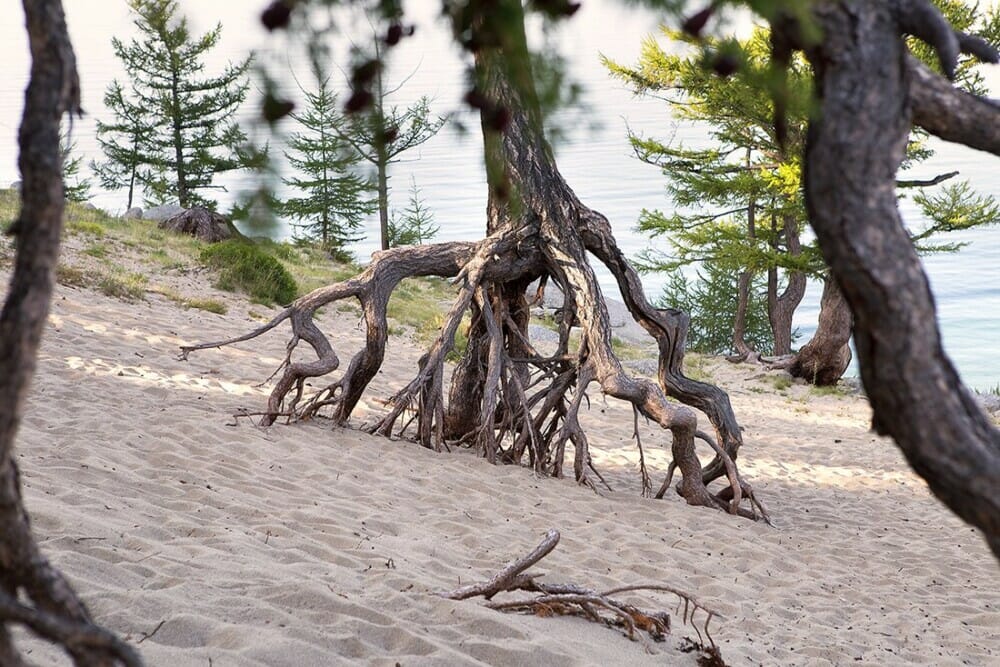
Despite these challenges, the Unbreakable Survivor persisted. Its roots dug deep into the remaining soil, seeking out nutrients and water. Its branches grew thicker and more twisted, adapting to the harsh conditions and strong winds. Over time, the tree became a beacon of resilience, a symbol of hope in the face of adversity.
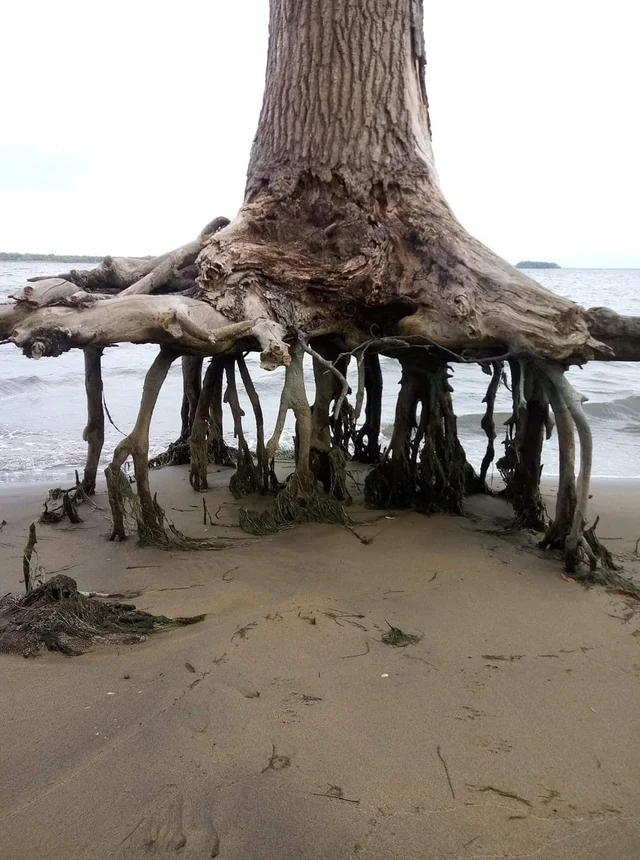
The story of the Unbreakable Survivor is not unique. There are countless examples of trees that have overcome seemingly impossible odds to thrive in the face of adversity. In fact, many trees have developed unique adaptations to survive in challenging environments.

For example, the Baobab tree, found in Africa, has a thick, water-storing trunk that allows it to survive in arid regions with little rainfall. The Quiver tree, found in southern Africa, has a network of deep roots that allow it to access water in deep underground reservoirs. And the Joshua tree, found in the deserts of the southwestern United States, has a unique root system that allows it to absorb water quickly during rare rainstorms.
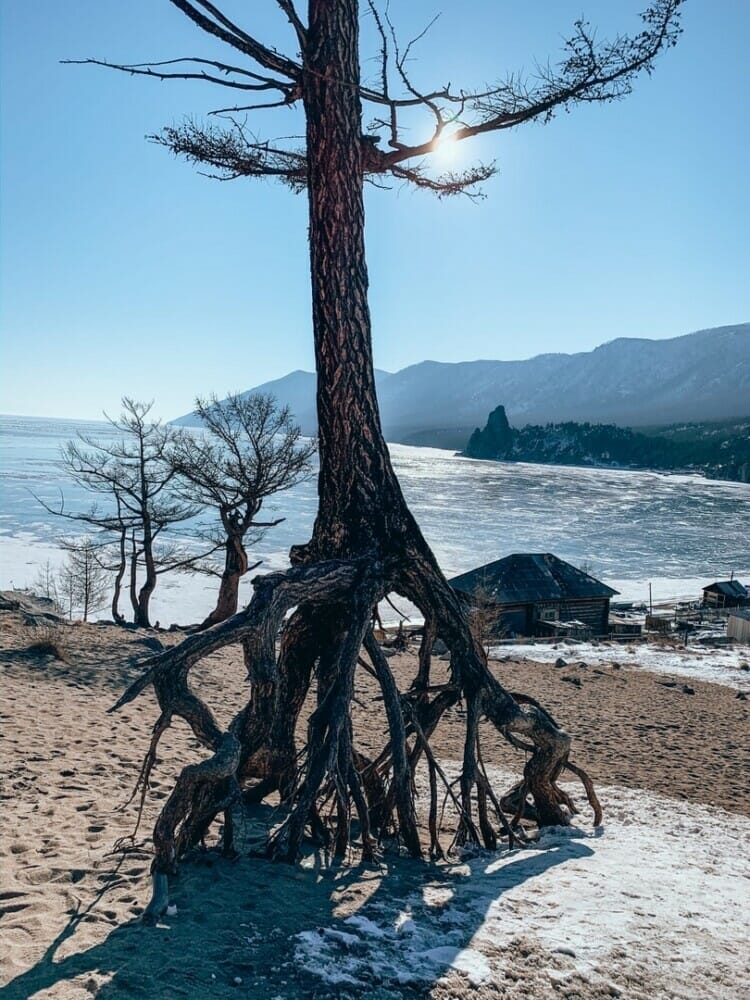
These adaptations are not only impressive but essential for the survival of these trees. They allow them to thrive in environments that would be inhospitable to other species, making them valuable contributors to their ecosystems.
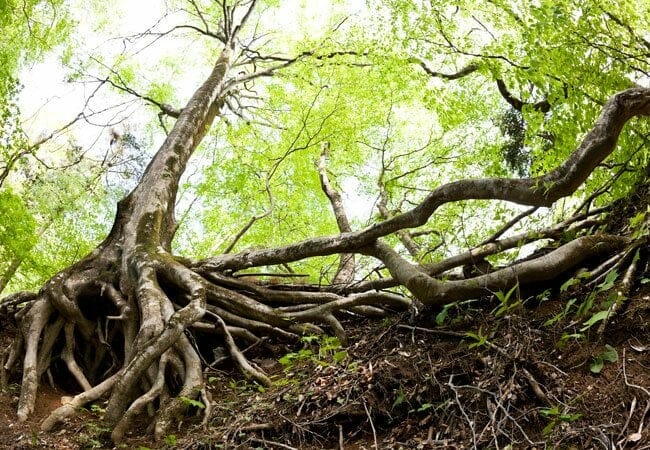
The resilience of trees also has important implications for conservation efforts. As climate change continues to pose significant challenges to ecosystems around the world, understanding the resilience of trees can help us to identify species that are likely to withstand the changing conditions. This knowledge can inform conservation efforts and help us to protect vulnerable ecosystems and the species that depend on them.
In addition to their practical value, trees like the Unbreakable Survivor also have a symbolic significance. They remind us of the power of resilience, the ability of life to endure in the face of even the most challenging circumstances. They inspire us to persevere in our own lives, to dig deep and find the strength to overcome the obstacles that we face.
In conclusion, the Unbreakable Survivor is not just a tree but a symbol of resilience and hope. Its story of survival in the face of soil loss is a testament to the power of nature and the ability of life to adapt and thrive in even the most challenging environments. By understanding the resilience of trees, we can gain a deeper appreciation for the natural world and the essential role that trees play in maintaining the health and vitality of our planet.
